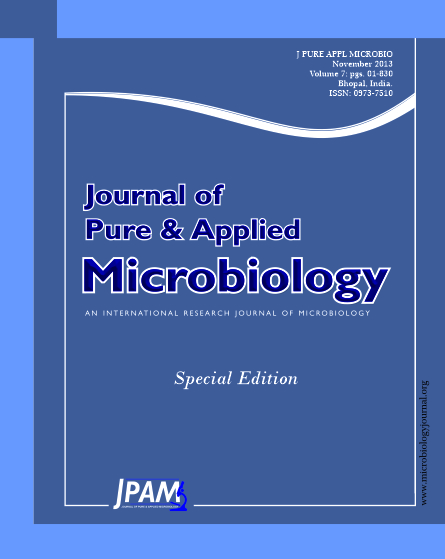The aim of this study was to monitor changes in biogenic amines (BAs) in frequently consumed fishes during storage (1-14 days) at ambient temperature. Levels of five BAs including Histamine (HIS), Putrescine (PUT), Cadaverine (CAD), Tryptamine (TRP), and Spermine (SPM) were determined in four popular fish species marketed in North West of Iran during August, 2012. All the samples were kept at ambient temperature for 14 days and subjected to quantitative measurements of BAs on days 1, 7 and 14 after the catch using HPLC. The concentration of all BAs increased during the storage time except for HIS and PUT in shrimps. In fresh fishes, HIS values †ranged between 23.97±2.90 mg·kg-1 to 46.53±5.96 mg·kg-1 which was within recommended levels. However, HIS levels in all the samples crossed the acceptable limit either on day 7 or 14. Also, shrimp samples had relatively higher values of SPM in all three selected time points. In addition, there was a statistically significant (P<0.001) increase in TRP contents during the experimental period. The current study revealed that even in fresh fish samples high amounts of BAs exists. Also it was concluded that BAs could be considered as sensitive sanitation and quality control indices.
Biogenic amine, Histamine, Putrescine, Cadaverine, Tryptamine, Spermine
© The Author(s) 2013. Open Access. This article is distributed under the terms of the Creative Commons Attribution 4.0 International License which permits unrestricted use, sharing, distribution, and reproduction in any medium, provided you give appropriate credit to the original author(s) and the source, provide a link to the Creative Commons license, and indicate if changes were made.


